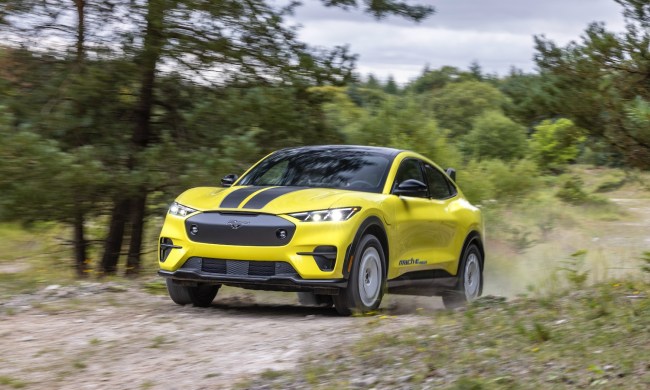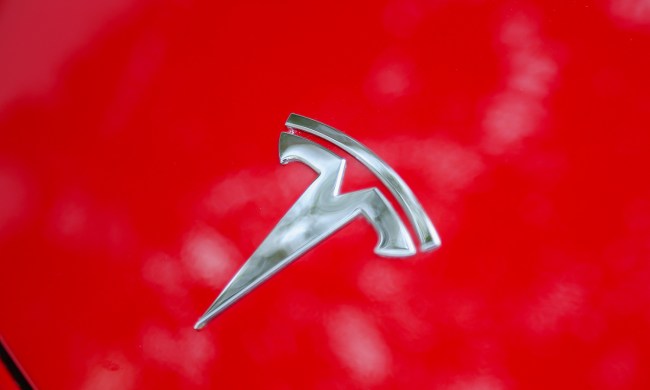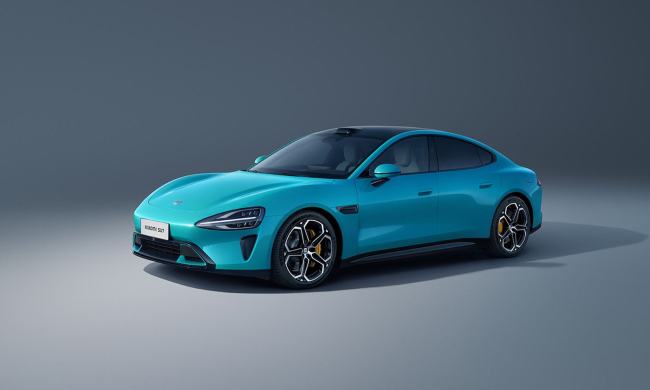
Tesla expects to sell its 200,000th electric car in the United States this year. That sounds like good news, but in reality it presents a problem for the world’s most watched automaker. That’s because the $7,500 federal tax credit for electric cars begins to phase out after a company hits 200,000 sales.
In a document filed with the Securities and Exchange Commission, Tesla said it expects its 200,000th qualifying sale to “occur at some point during 2018.” Tesla does not break down its quarterly sales by country, and does not list monthly sales, so it’s difficult to say exactly how many cars it has sold in the U.S., and when the company will hit the 200,000-unit mark.
What happens when Tesla delivers that 200,000th electric car? The tax credit will remain intact for the rest of that calendar quarter and the following quarter. For the next two quarters, the credit will decrease by 50 percent, to $3,750. For the next two quarters after that, the credit will be reduced again, to $1,875, before disappearing entirely.
Loss of the tax credit likely won’t impact Model S and Model X sales, since those vehicles cater to wealthier buyers. But the ticking tax-credit clock emphasizes why Tesla needs to ramp up production of the Model 3 as quickly as possible. The Model 3 is supposed to be Tesla’s mass-market electric car, and the tax credit will likely matter more to Model 3 buyers.
After delays in ramping up Model 3 production, Tesla’s latest estimates are that production will reach 2,500 cars per week by the end of the first quarter, and 5,000 cars per week by the end of the second quarter. In addition to getting as many Model 3s out the door as possible before the tax credit expires, Tesla needs to fill a backlog of orders, and meet CEO Elon Musk’s goal of producing 500,000 cars a year by the end of this year.
After Tesla, General Motors will likely be the next automaker to reach the tax-credit limit, followed by Nissan, according to Green Car Reports. Electric-car sales for both companies are expected to grow in 2018 now that GM’s Chevrolet Bolt EV is available in all 50 states, and the redesigned second-generation Nissan Leaf is hitting U.S. showrooms in large numbers.


